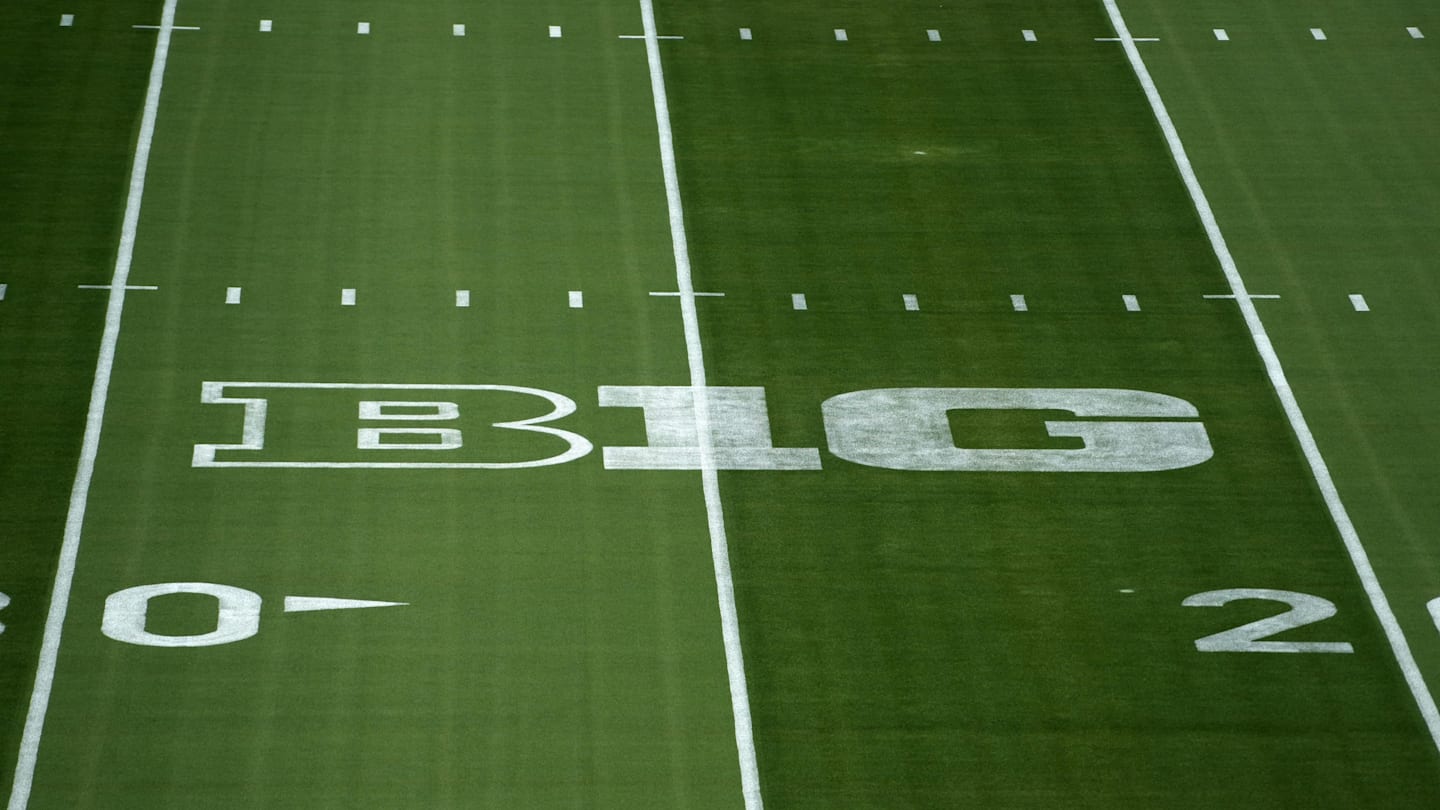OrediggerPoke
Well-known member
Per
But we aren’t ever going back to the amateur model at the upper echelon of college sports. It’s actually why I am watching more division 2 sports these days.
Personally, I believe a 5 year education, room and board in nice facilities and a small stipend is a heck of a deal and very reasonable. How many students go 100+ thousand in debt to get the same thing and end up with that financial burden for decades to come?I'm going to disagree a little bit. For the amount of time and risk these players take (football in particular), I think they deserve to be paid. Not millions or even several hundred thousands - but they should receive something. Forget about ROI for a minute. Wyoming has no pro sports. UW is it. It's a matter of pride for the entire state. I would agree that BYU level of spending is beyond reasonable. I'll leave it to others to determine what is reasonable. But zero is out of the question to have any semblance of competitiveness. I'm guessing that 3-4 million a year for all sports keeps us in the game.
But we aren’t ever going back to the amateur model at the upper echelon of college sports. It’s actually why I am watching more division 2 sports these days.


